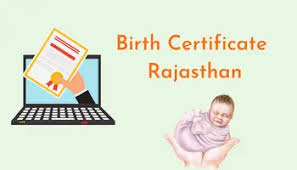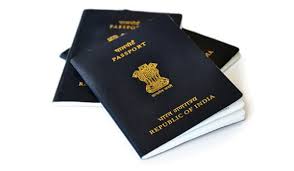Rajasthan Birth Certificate
A birth certificate is an official document that records the birth of a child and serves as proof of age, identity, and nationality. In Rajasthan, the Local Municipal Authority (for urban areas) and the Gram Panchayat (for rural areas) issue birth certificates. Why is a Birth Certificate Important? Proof of identity and age Required for […]








